Home>Gardening & Outdoor>Landscaping Ideas>How To Pregerminate Grass Seed
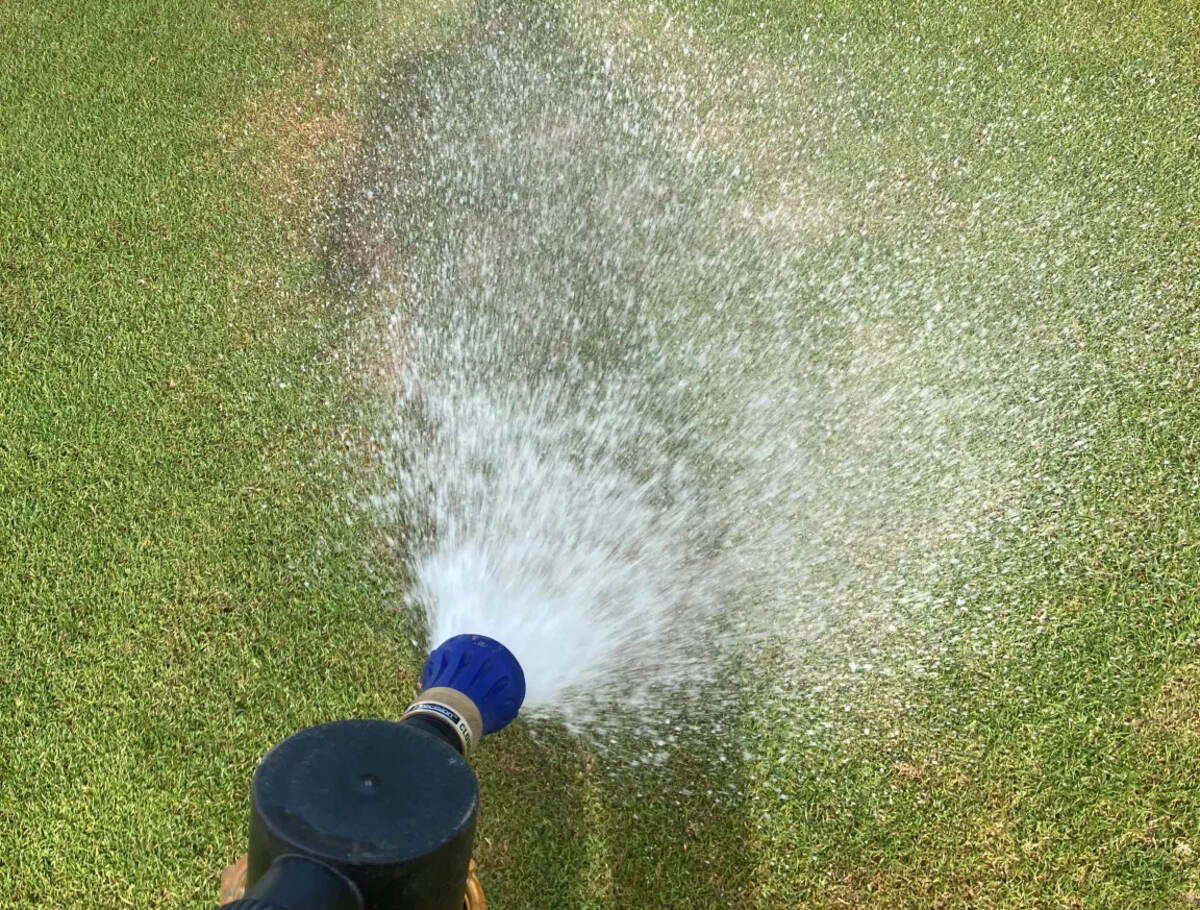

Landscaping Ideas
How To Pregerminate Grass Seed
Published: January 25, 2024
Learn how to pregerminate grass seed for quicker germination and healthier lawns with our landscaping ideas. Follow our step-by-step guide for best results.
(Many of the links in this article redirect to a specific reviewed product. Your purchase of these products through affiliate links helps to generate commission for Storables.com, at no extra cost. Learn more)
Introduction
When it comes to establishing a lush and vibrant lawn, pregerminating grass seed can be a game-changer. This process involves germinating the seeds before planting them in the soil, which can significantly increase the success rate of seedling establishment. By giving the seeds a head start in a controlled environment, you can ensure that they are well on their way to sprouting before facing the challenges of the outdoor environment. In this comprehensive guide, we will explore the benefits of pregerminating grass seed, the materials needed, step-by-step instructions, and essential tips for success. Whether you are a seasoned gardener or a novice enthusiast, mastering the art of pregermination can elevate your lawn care efforts to new heights.
Key Takeaways:
- Pregerminating grass seed accelerates germination, increases success rate, and enhances water efficiency, leading to a lush and visually appealing lawn with minimal resources and effort.
- By carefully pregerminating and planting grass seed, you can nurture the growth of a resilient and vibrant lawn, embodying the beauty of nature and the dedication of a passionate gardener.
Read more: How To Germinate Grape
Benefits of Pregerminating Grass Seed
Pregerminating grass seed offers a range of advantages that can significantly improve the outcome of your lawn establishment efforts. Understanding these benefits can help you appreciate the value of this technique and motivate you to incorporate it into your lawn care routine.
1. Accelerated Germination: Pregerminating grass seed jump-starts the germination process, allowing the seeds to begin sprouting in a controlled environment. This can lead to faster and more uniform germination once the pregerminated seeds are planted in the soil.
2. Increased Success Rate: By pregerminating grass seed, you can minimize the risk of seeds failing to germinate or experiencing slow and uneven growth. This can result in a higher overall success rate for establishing a thick and healthy lawn.
3. Enhanced Seedling Vigor: Pregerminated seeds are more likely to develop strong and robust root systems, giving them a better chance of withstanding environmental stressors and competing with weeds upon planting.
4. Time and Resource Efficiency: Pregermination allows you to identify and discard non-viable seeds before planting, saving time and resources by focusing on viable seeds that are more likely to thrive in the soil.
5. Improved Water Efficiency: Pregerminated seeds require less water during the critical germination phase, as they have already initiated the sprouting process and are less susceptible to drying out or succumbing to water-related issues.
6. Enhanced Esthetic Appeal: By promoting uniform and rapid germination, pregerminated grass seed can contribute to a visually appealing lawn with consistent color and density, creating a welcoming outdoor space.
These benefits collectively demonstrate the value of pregerminating grass seed as a strategic approach to optimizing the establishment of a healthy and vibrant lawn. By leveraging this technique, you can set the stage for a successful and enduring lawn that enhances the beauty and functionality of your outdoor environment.
Materials Needed
Preparing to pregerminate grass seed requires a few essential materials to create an optimal germination environment. Gathering these items in advance will streamline the pregermination process and ensure that you have everything you need to facilitate successful seed sprouting.
1. Grass Seed: Select high-quality grass seed that is well-suited to your specific climate, soil type, and lawn requirements. Whether you prefer cool-season grasses like Kentucky bluegrass and fescue or warm-season varieties such as Bermuda grass and zoysia, choosing the right seed is fundamental to achieving your desired lawn outcome.
2. Container: Choose a shallow, flat container with drainage holes to hold the pregerminating seeds. This can be a plastic tray, a seedling flat, or a disposable aluminum baking pan. The container should allow for adequate air circulation and moisture management.
3. Soil or Growing Medium: Use a high-quality, sterile seed-starting mix or finely textured soil to provide a suitable medium for the pregermination process. The soil should be moist but not waterlogged to support seed germination without inducing rot or fungal issues.
4. Watering Can or Spray Bottle: A gentle watering can or a spray bottle is essential for keeping the soil or growing medium consistently moist during the pregermination period. This helps create an ideal environment for seed germination without causing disturbance to the seeds.
5. Plastic Wrap or Dome: Covering the container with plastic wrap or a clear plastic dome helps maintain high humidity levels and creates a mini greenhouse effect, promoting successful seed germination. This covering should be removable to allow for air circulation and monitoring of seed progress.
6. Warm, Dark Location: Find a warm, dark location, such as a closet or a room with stable temperatures, to place the pregerminating seeds. Consistent warmth is crucial for initiating seed germination, and darkness can prevent premature exposure to light, which may hinder the process.
7. Labels and Marker: Keep track of the grass seed varieties and pregermination dates by labeling the containers with relevant information. This ensures that you can easily identify the seeds and monitor their progress as they begin to sprout.
By assembling these materials, you can create an optimal environment for pregerminating grass seed, setting the stage for successful germination and subsequent planting. With the right tools at your disposal, you can embark on the pregermination process with confidence and precision, laying the groundwork for a thriving lawn.
Steps to Pregerminate Grass Seed
Pregerminating grass seed involves a series of carefully orchestrated steps to initiate and monitor the germination process before the seeds are planted in the soil. By following these systematic steps, you can maximize the likelihood of successful seed sprouting and ultimately establish a healthy and vibrant lawn.
1. Prepare the Container: Fill the chosen container with a moistened seed-starting mix or finely textured soil, leveling it out to create a smooth surface for the seeds. Ensure that the soil is evenly moist but not waterlogged, as excessive moisture can impede germination.
2. Distribute the Seeds: Evenly distribute the grass seeds over the surface of the soil, aiming for a uniform spread to promote consistent germination. Avoid overcrowding the seeds, as this can lead to competition for resources and hinder the development of healthy seedlings.
3. Cover and Enclose: Gently press the seeds into the soil to ensure good seed-to-soil contact, then lightly cover them with a thin layer of soil or vermiculite. Enclose the container with plastic wrap or a clear plastic dome to create a humid environment conducive to seed germination.
4. Provide Darkness and Warmth: Place the covered container in a warm, dark location with stable temperatures, such as a closet or a room free from drafts. Consistent warmth is essential for triggering seed germination, and darkness helps prevent premature exposure to light, which can inhibit the process.
5. Monitor and Maintain Moisture: Check the container regularly to ensure that the soil remains consistently moist but not waterlogged. Use a gentle watering can or a spray bottle to add moisture as needed, being careful not to disturb the seeds or dislodge the covering.
6. Monitor Germination Progress: As the pregermination period progresses, monitor the seeds for signs of sprouting and emerging root structures. Keep a record of the pregermination dates and the progress of each seed variety to track their development accurately.
7. Prepare for Planting: Once the seeds have begun to sprout and develop healthy root systems, they are ready for planting in the soil. Handle the pregerminated seeds with care to avoid damaging the delicate roots, and aim to plant them promptly to maintain their vitality.
By diligently following these steps, you can master the art of pregerminating grass seed and set the stage for successful seedling establishment. This proactive approach can yield robust and uniform germination, laying the groundwork for a thriving lawn that enhances the beauty and functionality of your outdoor space.
Soak the grass seed in water for 12-24 hours to help speed up germination. Then, spread the seeds on a damp paper towel and keep it moist for a few days until you see sprouts. This will help the seeds germinate before planting.
Planting Pregerminated Grass Seed
After successfully pregerminating grass seed, the next crucial step is to plant the pregerminated seeds in the soil, setting the stage for robust and uniform seedling establishment. This phase requires careful handling and attention to ensure that the pregerminated seeds transition seamlessly from their controlled germination environment to the outdoor soil, where they can flourish and contribute to the development of a lush and healthy lawn.
1. Prepare the Planting Area: Choose a well-prepared planting area with loosened soil that is free from debris and large clumps. Ensure that the soil is level and adequately amended with organic matter, if necessary, to create an optimal environment for seedling growth.
2. Handle Pregerminated Seeds Carefully: Gently remove the pregerminated seeds from the container, taking care to avoid damaging the delicate sprouts and emerging root systems. Handle the pregerminated seeds with precision and avoid unnecessary disturbance to maintain their vitality.
3. Plant at the Appropriate Depth: Create shallow furrows or depressions in the soil to accommodate the pregerminated seeds. Plant the seeds at the recommended depth for the specific grass variety, ensuring that the delicate sprouts are positioned appropriately for successful establishment.
4. Maintain Adequate Moisture: After planting the pregerminated seeds, water the area gently to ensure that the soil makes good contact with the seeds and to provide essential moisture for initial growth. Monitor the moisture levels in the planting area to support the ongoing development of the pregerminated seeds.
5. Protect from Environmental Stressors: Shield the newly planted pregerminated seeds from environmental stressors, such as extreme temperatures, strong winds, and excessive foot traffic. Consider using a light mulch layer to protect the seeds and maintain consistent soil moisture.
6. Monitor Growth and Development: Keep a close eye on the planted pregerminated seeds, observing their progress and responding to any emerging issues promptly. Adjust watering and protection measures as needed to support the healthy growth of the seedlings.
7. Celebrate Successful Establishment: As the pregerminated seeds begin to grow and establish themselves in the soil, celebrate the successful transition from pregermination to active growth. Witnessing the emergence of healthy seedlings is a testament to the effectiveness of pregerminating grass seed and sets the stage for a thriving lawn.
By conscientiously planting pregerminated grass seed and providing the necessary care and attention, you can facilitate the successful establishment of robust and healthy seedlings. This marks a pivotal phase in the journey toward a lush and resilient lawn, reflecting the rewards of proactive lawn care practices.
Read more: How To Germinate Lychee
Tips for Successful Pregermination
Mastering the art of pregerminating grass seed requires attention to detail and a proactive approach to create an optimal environment for successful seed germination. By implementing the following tips, you can enhance the effectiveness of the pregermination process and maximize the likelihood of robust and uniform seedling establishment.
- Choose High-Quality Seed: Select premium grass seed that is well-suited to your climate and soil conditions, ensuring optimal germination potential and long-term lawn performance.
- Follow Recommended Pregermination Times: Different grass species may require varying pregermination periods. Consult reliable sources or seed packaging information to determine the ideal pregermination duration for your specific grass variety.
- Maintain Consistent Moisture: Keep the pregermination medium consistently moist but not waterlogged to support seed germination. Avoid fluctuations in moisture levels, as they can hinder the germination process.
- Monitor Temperature and Humidity: Create a warm and humid environment for pregermination, as these conditions are conducive to successful seed sprouting. Avoid exposure to extreme temperatures or dry air, which can impede germination.
- Label and Track Seed Varieties: Use clear labels to identify different grass seed varieties undergoing pregermination. Keep detailed records of pregermination dates and progress to facilitate accurate monitoring.
- Handle Pregerminated Seeds with Care: When transferring pregerminated seeds to the planting area, handle them gently to avoid damaging the delicate sprouts and emerging root systems.
- Plant Promptly After Pregermination: Once the seeds have sprouted and developed healthy roots, aim to plant them promptly to maintain their vitality and support successful establishment in the soil.
- Provide Protection and Care Post-Planting: Shield the planted pregerminated seeds from environmental stressors and monitor their growth closely, adjusting care measures as needed to support healthy seedling development.
- Seek Professional Guidance if Needed: If you encounter challenges or have specific questions about pregerminating grass seed, don’t hesitate to seek advice from experienced horticulturists or local gardening experts.
By incorporating these tips into your pregermination practices, you can elevate the success of the germination process and set the stage for robust and uniform seedling establishment. This proactive approach can yield a healthy and resilient lawn, reflecting the rewards of meticulous care and attention to detail.
Conclusion
Embarking on the journey of pregerminating grass seed opens the door to a world of possibilities for establishing a thriving and resilient lawn. By harnessing the power of pregermination, you can accelerate the germination process, enhance seedling vigor, and set the stage for a lush and healthy lawn that elevates the beauty and functionality of your outdoor space.
Throughout this comprehensive guide, we’ve explored the myriad benefits of pregerminating grass seed, from accelerated germination and increased success rates to improved water efficiency and enhanced esthetic appeal. By understanding and embracing these advantages, you can appreciate the value of pregermination as a strategic approach to optimizing the establishment of a vibrant and enduring lawn.
Equipped with the knowledge of essential materials, systematic steps, and valuable tips for success, you are poised to embark on the pregermination journey with confidence and precision. The careful orchestration of pregermination, from creating an optimal germination environment to transitioning pregerminated seeds to the outdoor soil, represents a proactive and rewarding investment in the future of your lawn.
As you navigate the pregermination process, remember the transformative potential it holds for your lawn care endeavors. By nurturing pregerminated seeds with care and attention, you are sowing the seeds of a resilient and visually captivating lawn that will delight and inspire for years to come.
Embrace the art of pregerminating grass seed as a testament to your commitment to cultivating a vibrant outdoor environment, and celebrate the journey toward a flourishing and enduring lawn that reflects the rewards of your proactive and attentive care.
With each pregerminated seed that sprouts and flourishes, you are nurturing the growth of a living canvas that embodies the beauty of nature and the dedication of a passionate gardener. As you witness the transformation from pregermination to thriving seedlings, take pride in the role you play in shaping a landscape that invites joy, relaxation, and natural splendor.
May your pregermination endeavors yield a bountiful and resilient lawn that stands as a testament to the power of proactive care and the transformative potential of pregerminated seeds.
Frequently Asked Questions about How To Pregerminate Grass Seed
Was this page helpful?
At Storables.com, we guarantee accurate and reliable information. Our content, validated by Expert Board Contributors, is crafted following stringent Editorial Policies. We're committed to providing you with well-researched, expert-backed insights for all your informational needs.
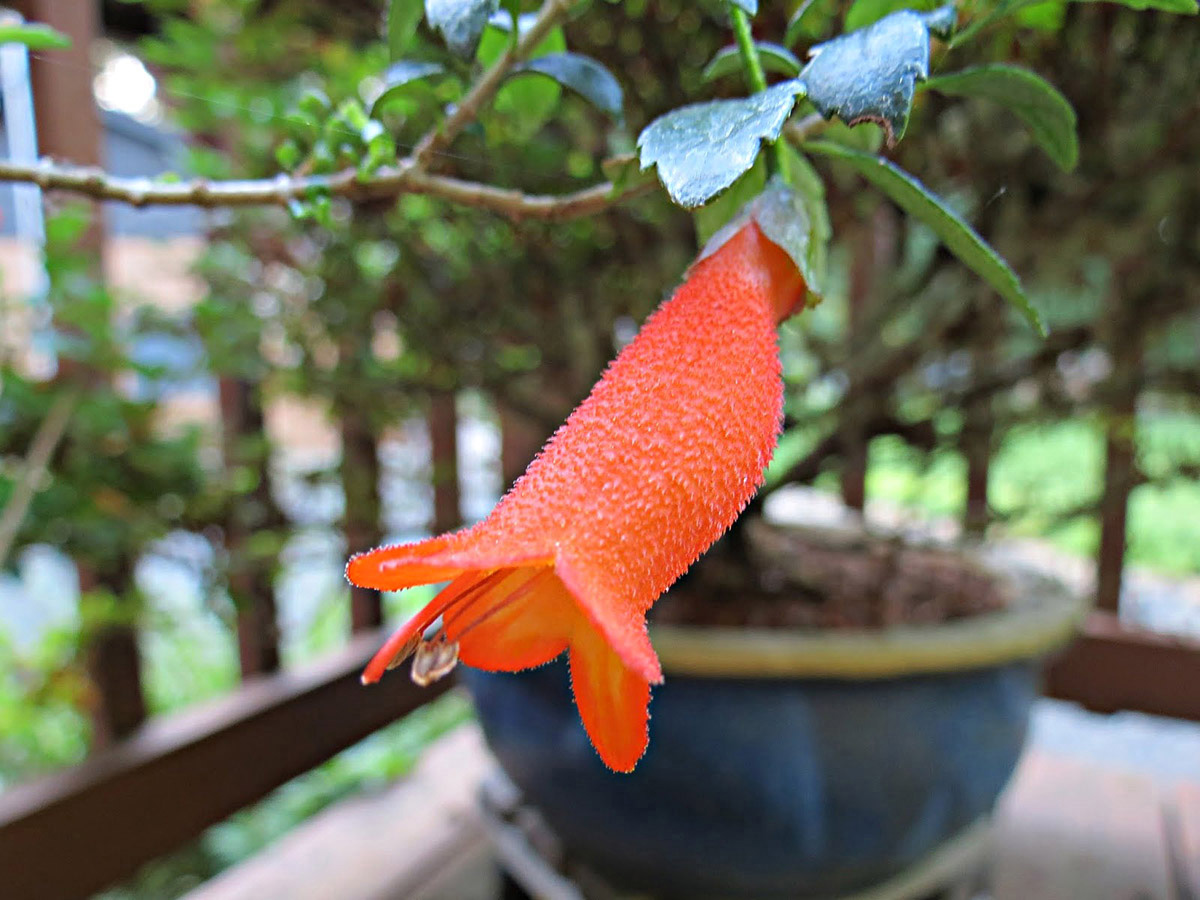
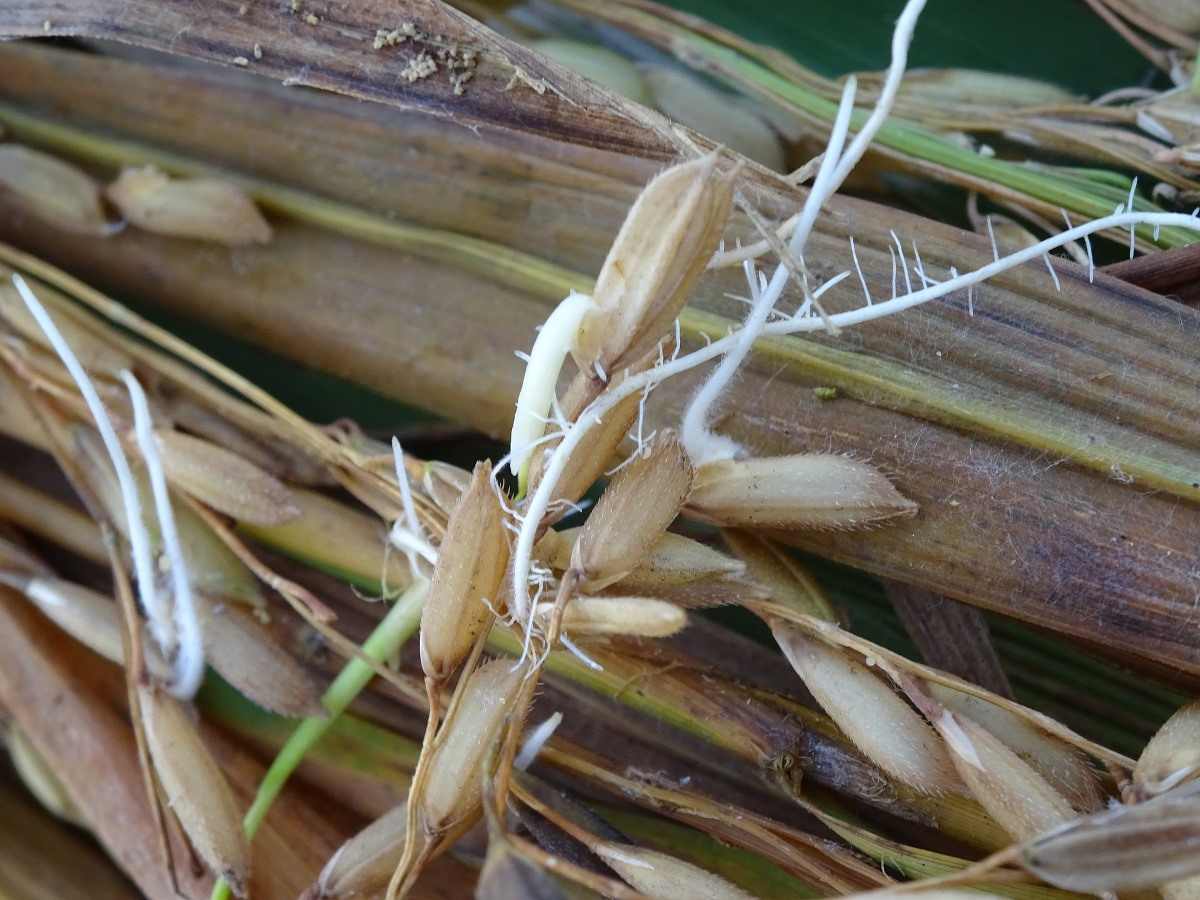
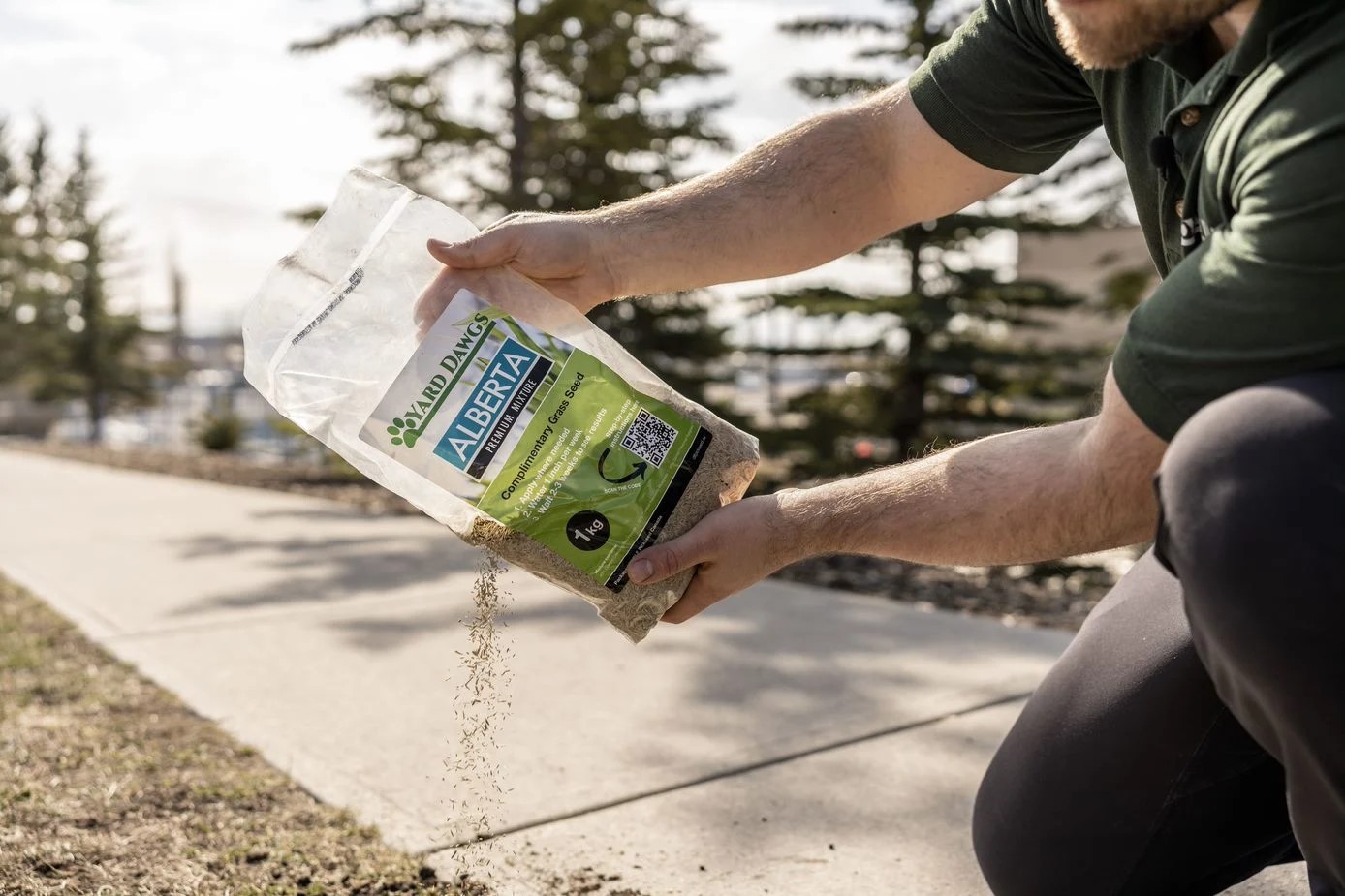
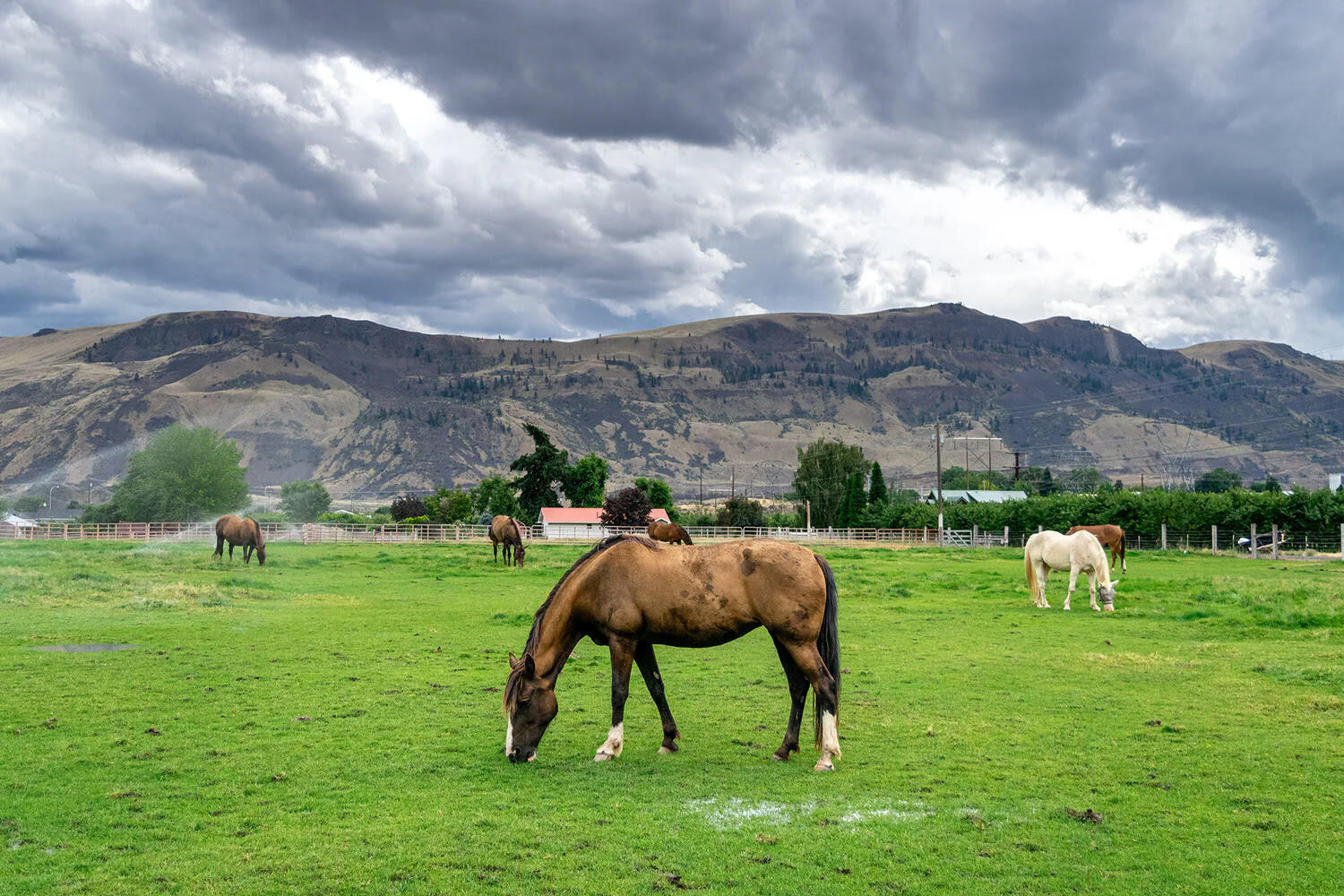
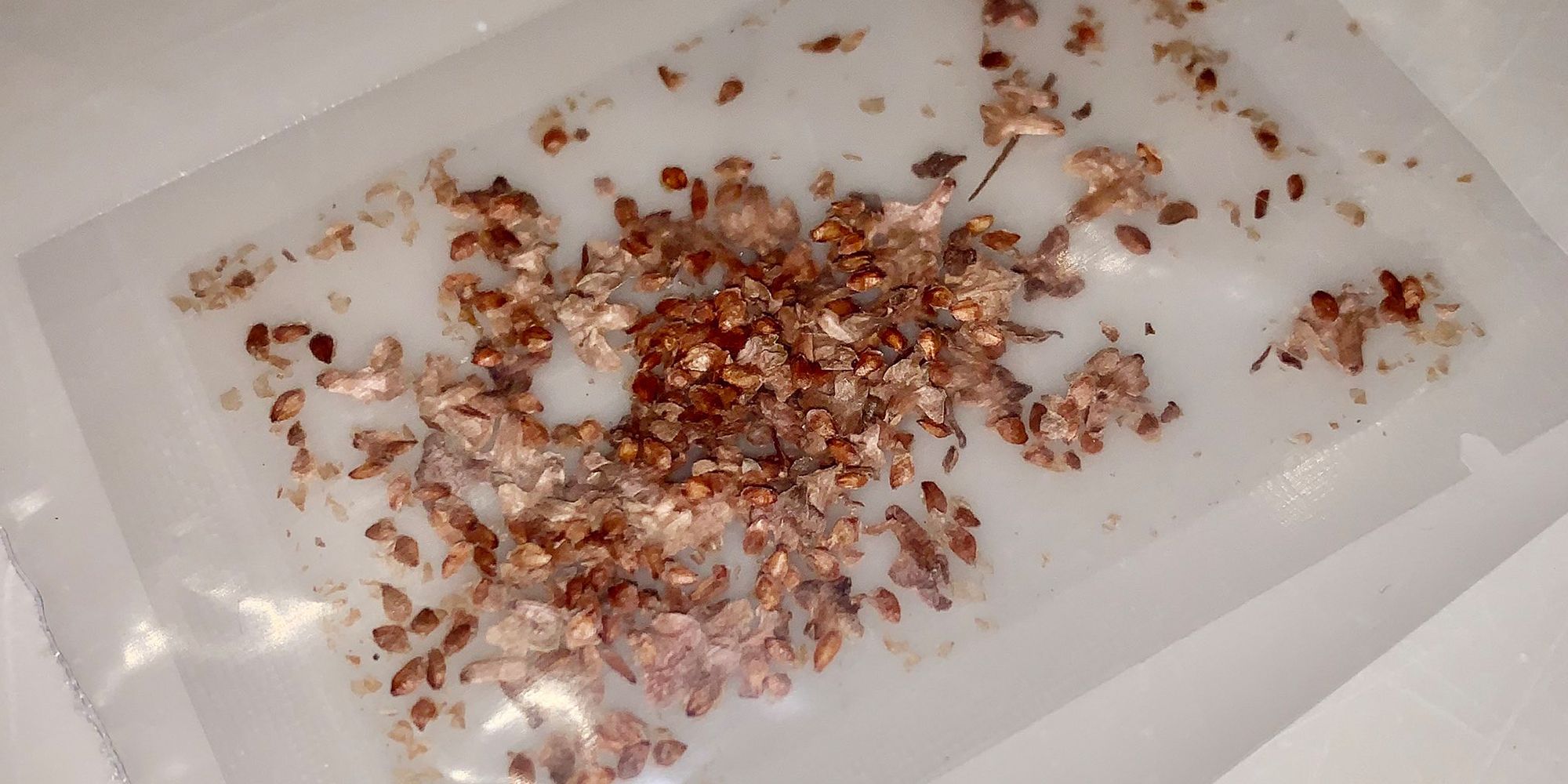
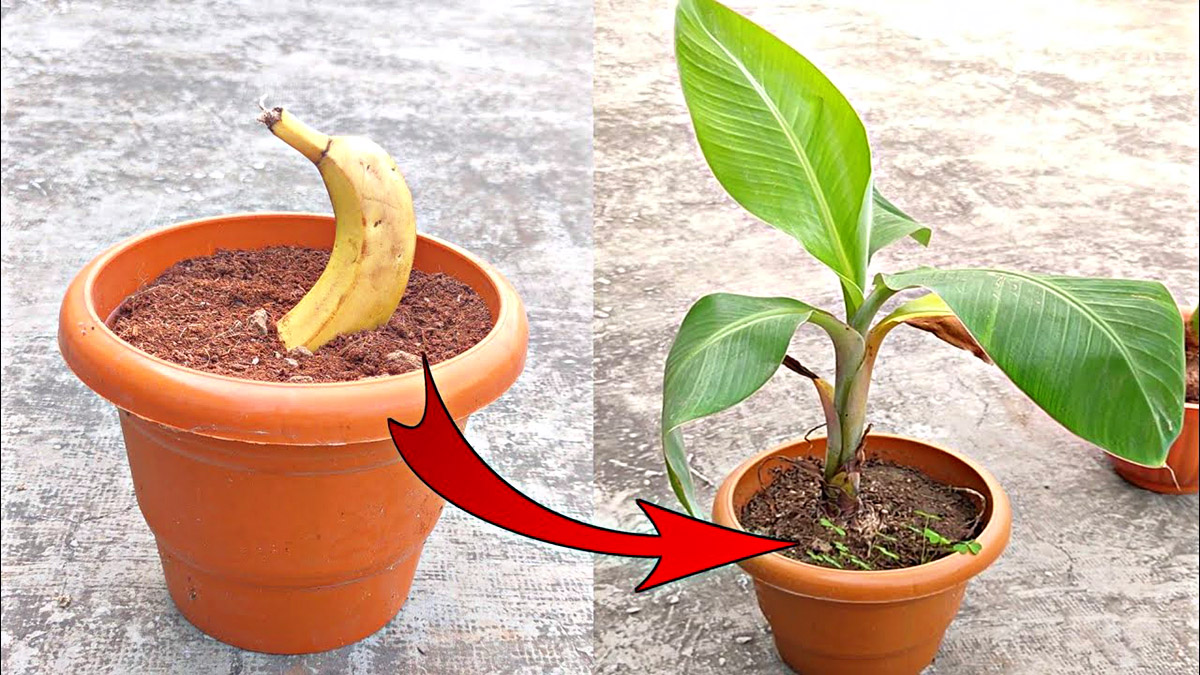
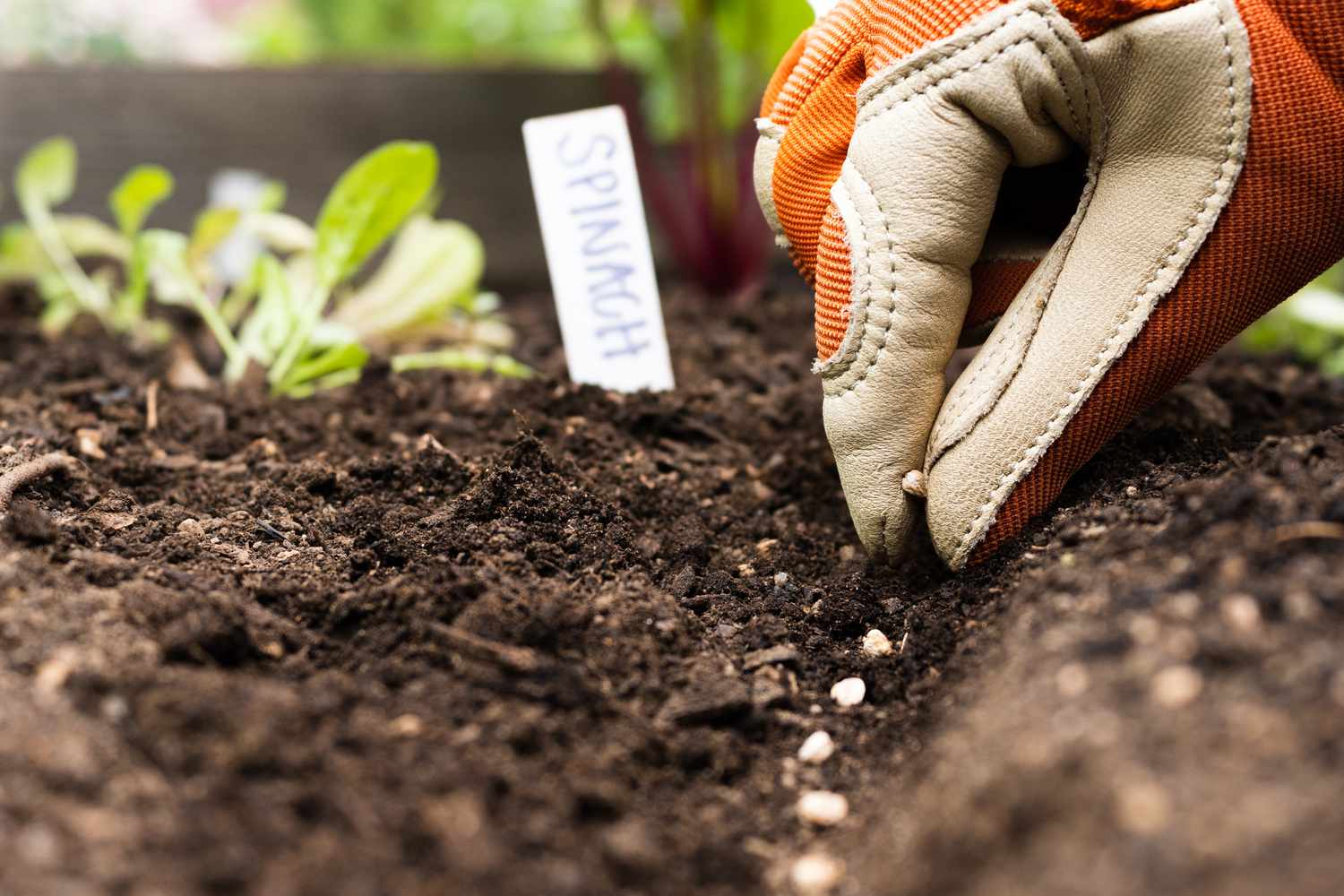

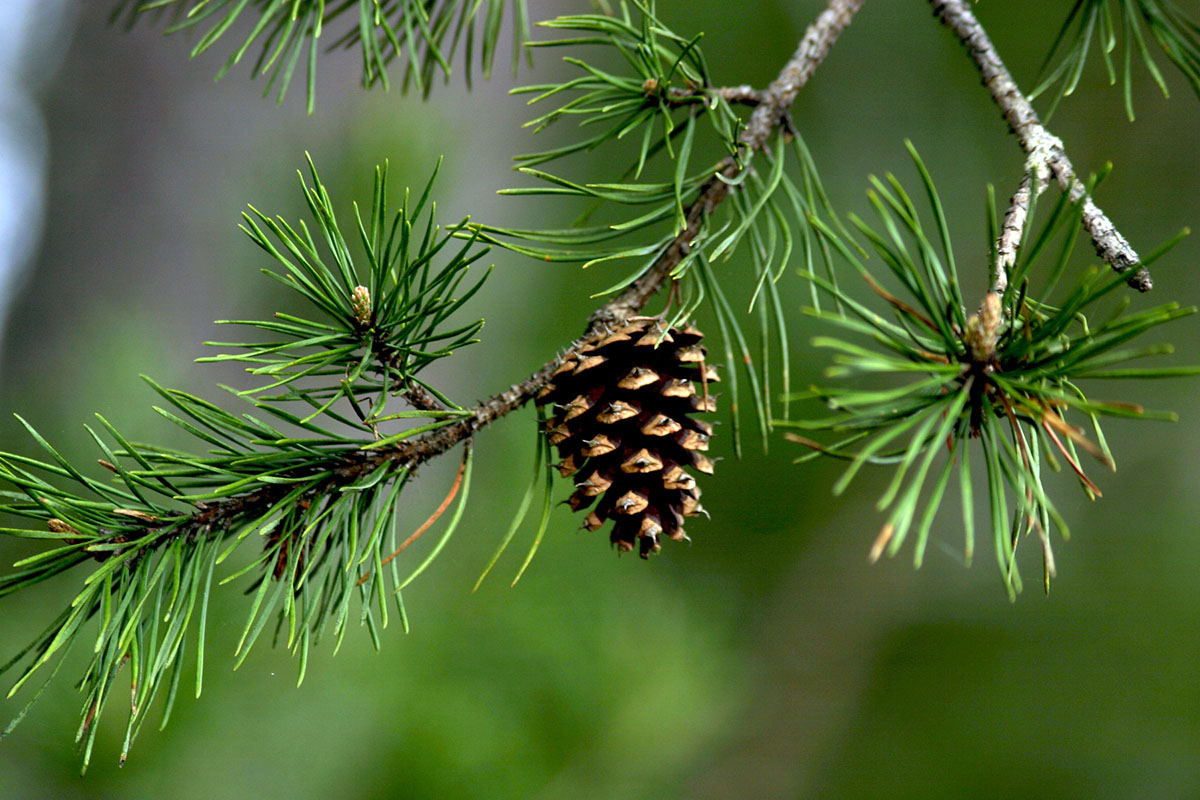


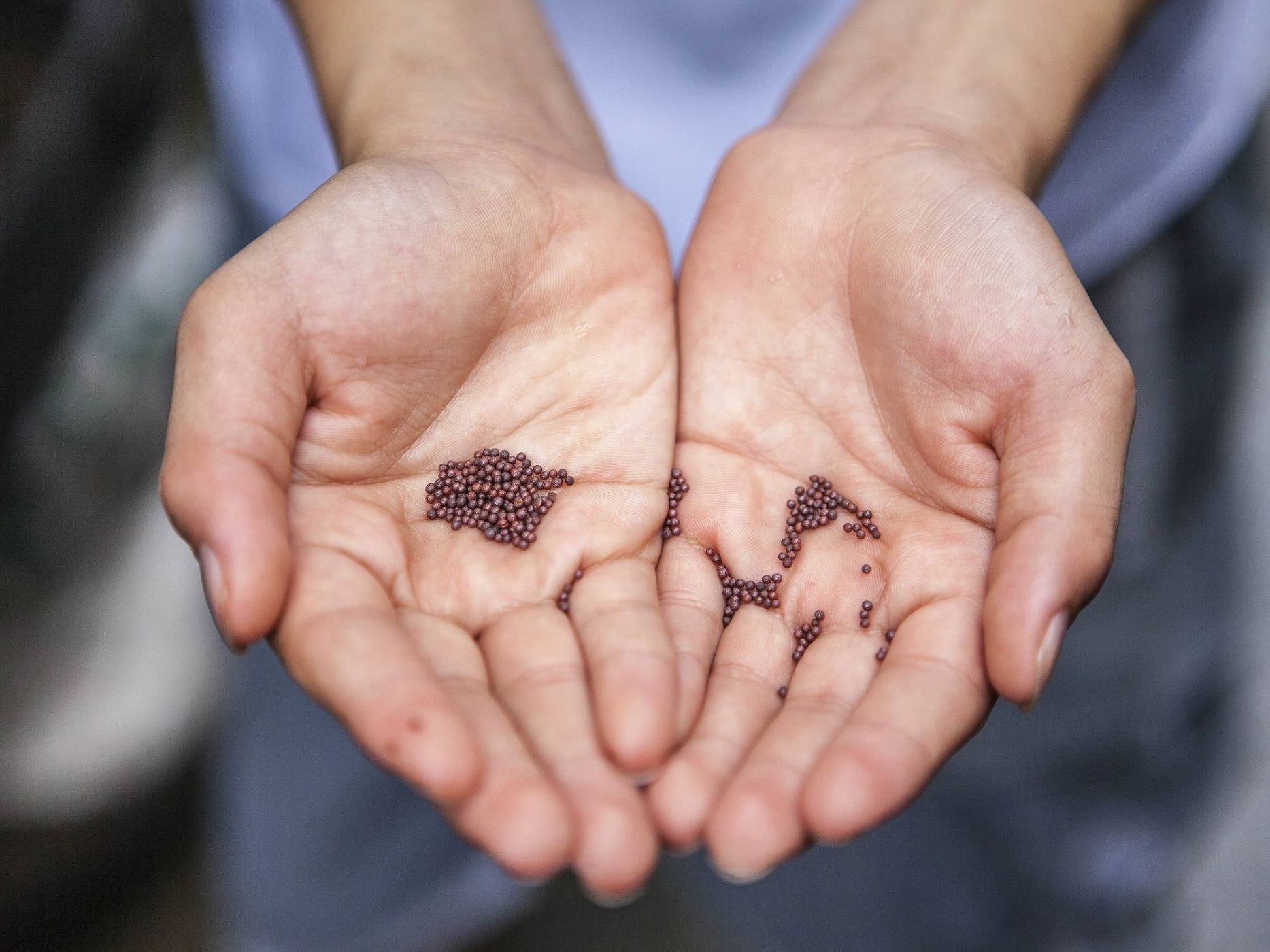
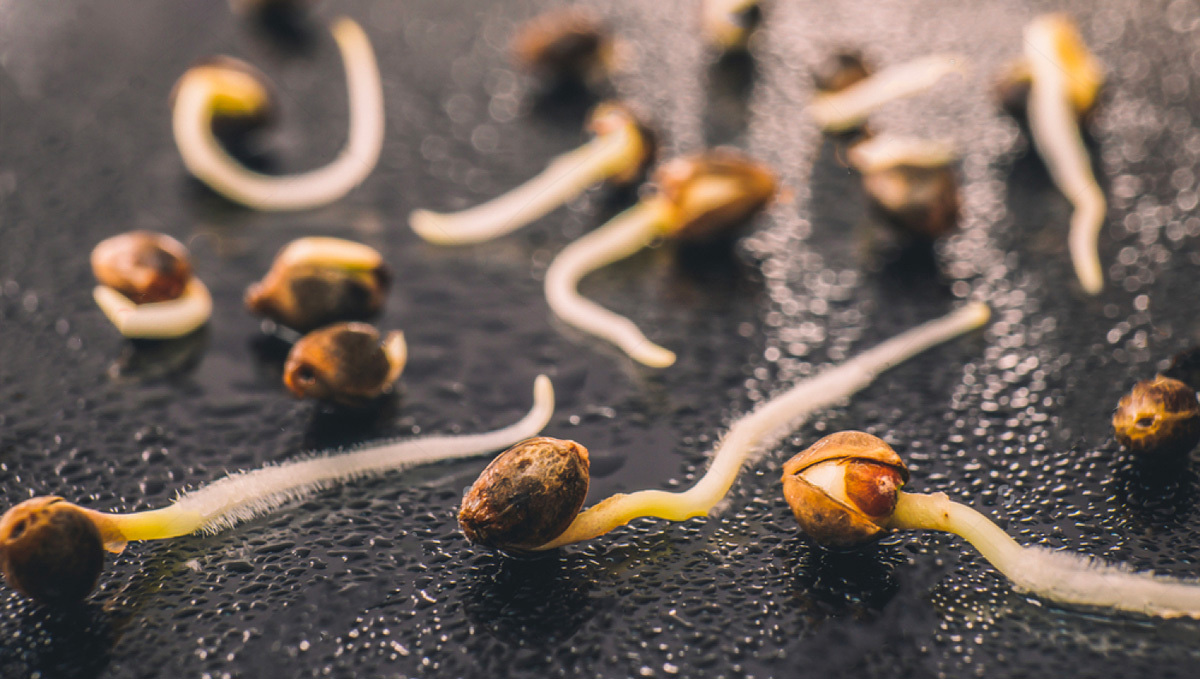


0 thoughts on “How To Pregerminate Grass Seed”